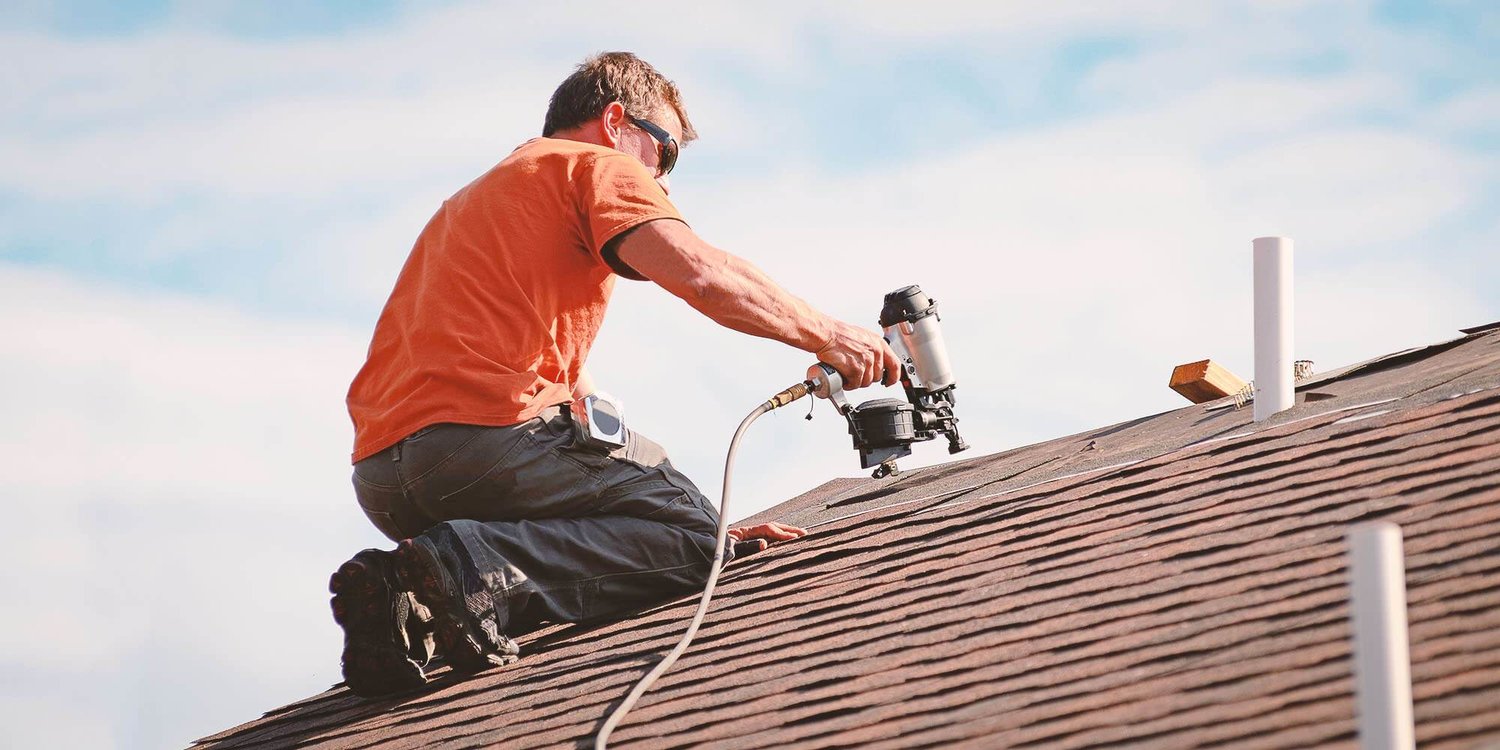Introduction
When it pertains to preserving your home, among the most significant aspects is guaranteeing that your roofing remains in great condition. However lots of homeowners find themselves asking, "When is the very best time of year for a roofing system replacement?" This concern can be difficult, as various aspects-- like environment, roof material, and even regional regulations-- enter play. In this extensive guide, we will check out whatever you require to understand about timing your roofing system replacement. From seasonal advantages to considerations concerning roofing contractors, we'll cover it all.
When Is the Best Time of Year for a Roof Replacement?
The answer to the concern "When is the very best season for a roof replacement?" depends mainly on where you live and what type of roofing product you have. Nevertheless, spring and fall are typically considered ideal seasons. The moderate temperature levels allow roofing contractors to work effectively without worrying about severe heat or cold impacting their performance.
Why Spring is Suitable for Roofing System Replacement
Springtime brings moderate weather that contribute to roof jobs. Here's a closer look at why spring might be your best option:
- Mild Temperature levels: A lot of roof materials adhere better when set up in moderate temperatures. Dry Conditions: Throughout spring, many locations experience less rainfall than winter season months. Accessibility: Roofer typically have more availability during spring after winter slowdowns.
The Benefits of Fall Roof Replacements
Fall can likewise be an exceptional time for roofing system replacements. Here's why:
- Cooler Weather: Comparable to spring, fall uses comfortable temperatures for installation. Pre-Winter Preparation: A new roof before winter ensures your home is protected from snow and ice. Less Humidity: Drier air conditions make it much easier for certain products to set.
Understanding Seasonal Impacts on Roof Replacement
Summer Obstacles in Roofing Replacement
While summer season can appear appealing due to longer daylight hours, it presents its own challenges:
- High Temperature levels: Excessive heat can make working conditions challenging for contractors. Rainy Days: Depending on your area, summer season storms may delay projects.
Winter Factors to consider for Roofing Replacement
Winter is often viewed as the least beneficial season for roof replacements:
- Cold Weather: Many materials can not be installed in freezing temperatures. Snow Accumulation: Heavy snow can restrain access and develop safety hazards.
Choosing the Right Roofing Material: Seasonal Considerations
Metal Roof and Its Versatility
Metal roofing has actually gained appeal due to its toughness and longevity. However, its setup timing might differ based on climate condition:

- Metal roofs can be installed in numerous weather conditions but are best throughout fall or spring.
Asphalt Shingles: Timing Matters
Asphalt shingles are among the most common roofing materials utilized today. They have specific installation requirements influenced by temperature:
- Ideally installed when temperature levels range between 40 ° F - 85 ° F (4 ° C-29 ° C).
Cost Factors to consider When Changing Your Roofing by Season
Spring Prices Trends
Spring typically sees an increase of homeowners going with replacements after winter season damage control:
- Pricing may rise due to increased need among homeowners looking to repair damages.
Fall Rates Opportunities
In contrast, fall might use deals as contractors get ready for winter slowdowns:
- Homeowners could take advantage of lower rates before need spikes once again in spring.
The Function of Roofing Contractors in Timing Your Project
Finding Trusted Contractors
Choosing the best contractor can make or break your roofing system replacement project. Here are tips on finding dependable roofer:
Look for regional recommendations. Check online evaluations and ratings. Verify insurance and licensing.Discussing Timelines with Your Contractor
Once you select a contractor, go over timelines openly:
- Ask how seasonal factors may impact your job duration.
Planning Ahead: Arranging Your Roofing Replacement
Creating a Timeline
Planning ahead makes sure that you prevent last-minute rushes or postpones:
Assess whether repair work are needed immediately. Schedule inspections during off-seasons if possible.Understanding Authorizations and Regulations
Before changing your roofing system, acquaint yourself with local building codes and permit requirements.
Signs That Indicate It's Time for a Roof Replacement
Age of Your Roof
Most roofing systems last between 20-- 25 years; if yours is approaching this age limit, it's time to think about replacement.
Visible Damage
Look https://lukasccwc997.hpage.com/post1.html out for indications like missing out on shingles or leaks; these indicate that repairs may not be sufficient anymore.
FAQs About Roofing system Replacement
Q1: How do I understand if my roofing needs replacing?

A1: Search for missing shingles, leakages inside your home, or visible drooping locations on the roof itself.
Q2: Can I replace my roofing system myself?
A2: While do it yourself projects are tempting, working with expert roofer ensures safety and quality work.
Q3: What type of roof material lasts the longest?
A3: Metal roofs normally last longer than asphalt shingles-- often as much as 50 years with proper maintenance!

Q4: Does seasonality impact warranty coverage?
A4: Yes! Specific service warranties require setups throughout specific seasons; always check first!
Q5: Is it more pricey to replace a roof in peak seasons?
A5: Usually yes; need drives rates higher throughout popular seasons like spring or fall.
Q6: How long does a typical roofing system replacement take?
A6: Normally speaking, the majority of domestic replacements take anywhere from one day up to a number of weeks depending upon size and complexity!
Conclusion
In summary, answering "When is the best time of year for a roofing system replacement?" includes considering numerous aspects consisting of climate conditions in your location, types of products being utilized, expenses associated with different seasons, and accessibility of competent labor such as reliable roofing contractors. By planning carefully-- preferably targeting late spring or early fall-- you'll not just make sure a smooth procedure but also secure your investment long-lasting! So don't wait up until it's too late; examine your situation today!